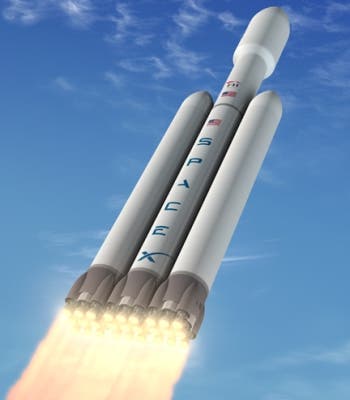It doesn’t only happen in the movies: the launch of the SpaceX Falcon rocket, destined to hit the International Space Station and the history books was delayed, when there was less than a second to go.

Like any dramatic James Bond movie, the clock showed 3 seconds, then 2 seconds, then 1 and then… Cancel everything! However, instead of saving the world, this cancellation saved the mission from becoming a failure. Scheduled for Saturday morning, everything had been running smoothly, from an engine test at the end of April, which described the engine system as ‘rock solid’ to Elon Musk tweeting right before the launch.
All five of the shuttle’s engines were working, but one of them showed abnormally high pressure, eventually leading to a point where the onboard emergency systems took over and aborted the launch — with just 0.5 seconds remaining on the clock. A brief yet conclusive statement from SpaceX explained that a pressure valve was to blame for the high pressure, and repairs are underway. If this is indeed the only problem, then it will be likely solved in a matter of days.
Despite this setback, if the repair works out properly and the weather conditions are favorable, SpaceX will try another launch, on Tuesday morning. Getting the Falcon 9 in the air is only the start of this particular mission though, as the real challenge will be to dock the rocket’s capsule with the International Space Station, so it can deliver its cargo.
If everything goes according to plan, then SpaceX will become the first private company to send a shuttle to the ISS, marking the beginning of a new era in space exploration. ZME Science would like to wish all the people working on the project good luck – we have every bit of faith in this project.






